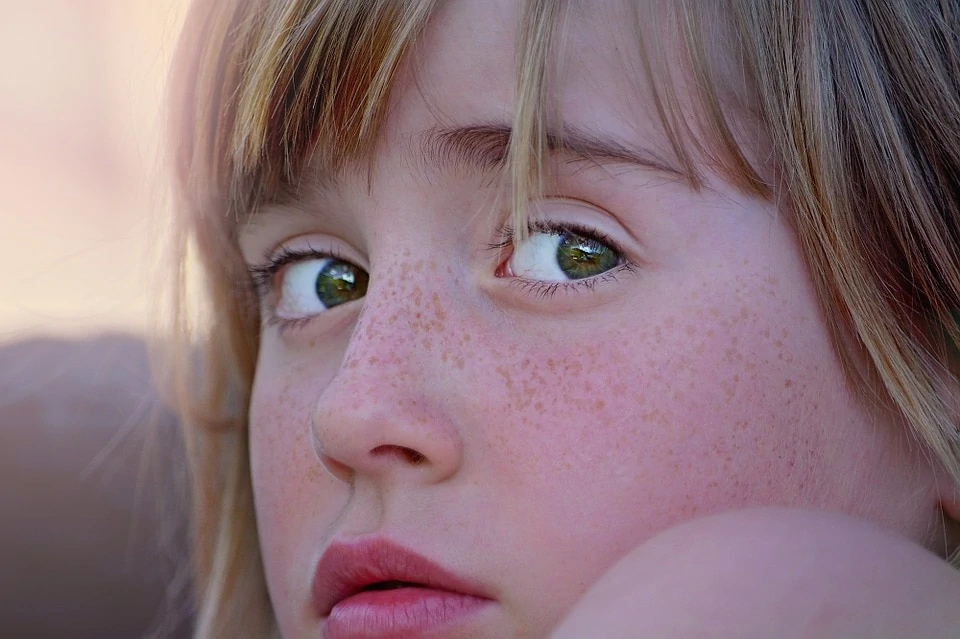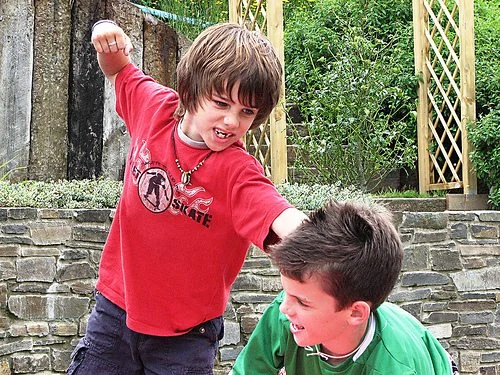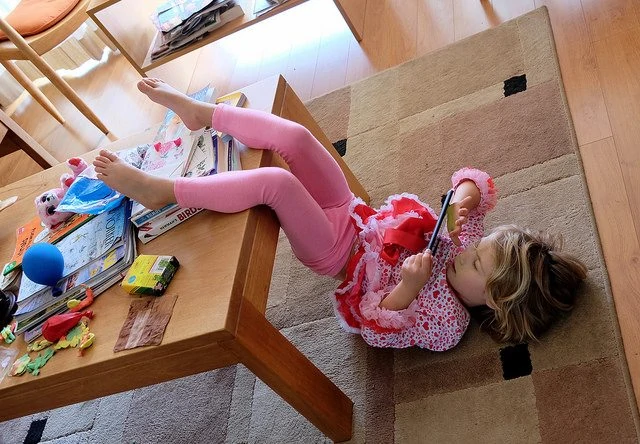These past several weeks have brought plenty of difficult, heartbreaking news. The Las Vegas shooting. Devastation from hurricanes on the Gulf Coast and in the Caribbean. Intimations of new warfare.
Undoubtedly, memories and perhaps even strong emotion arose in you as you read that paragraph.
Part of my job as a counselor is to help people through such feelings, to help make sense of the losses and the emotions that accompany them. And what helps me is understanding that through the millennia, humans have learned how to adapt to stress and life-threatening situations.
We are a resilient species. But our resilience has limits.

Of course, there are benefits to knowing about current events. That knowledge can move us to action – reaching out to others, preparing ourselves, working to lower the risk of similar events in the future.
But from a historical perspective, the amount of vicarious trauma that we experience is not “normal.” I see the effects of it every day, and research has borne out the fact that repeated exposure to violent imagery and traumatic events has a real effect on anxiety and stress.

Forty million adults struggle with various anxiety disorders every year.
At the same time, those of us who work in mental health disproportionately experience vicarious trauma throughout our careers. As I sometimes tell people in the college courses and Yoga Calm trainings that I teach, it’s really an unusual job to spend 30 hours a week hearing about people’s loss and struggles. It can skew your perspective on life.
And it can lead to compassion fatigue. It can damage our health. It can lead to profound burnout.
But many successfully navigate both the personal and professional challenges of vicarious trauma. What can we learn from them? What lessons can we apply to all of us who are now affected by the drumbeat of disaster?
Yes, although resilience can sometimes seem like something a person is just born with, I know from my own personal experience of loss and working with thousands of kids and adults over the years as a counselor, there are many things we can do to protect us and reduce the effects of traumatic events.
Here are a few tips to get you started:
- Cut down on media exposure. Get the basic facts, but turn off the non-stop coverage. Take a break from Twitter and Facebook for a while. Check in every few days, but don’t glue yourself to the drama. Watch on a “need to know” basis – that is, how much you really need to know to conduct your daily life as you choose.
- You don’t have to talk with everyone about it or engage when others bring it up. You can say, “Yes, it’s terrible,” then either change the subject or focus on some of the positives you’ve seen through the tragedy – the relief efforts and goodness that came out of this terrible event.
- Ground yourself physically. Running, gardening, yoga, exercise can help bring a sense of “normalcy” back to our life and provide a sense of safety and control.
- Spend some time in nature. Connect with the beauty that is still here and find a quieter rhythm for a time.
- Cry. Talk to loved ones. Traumatic events, even viewed at a distance, can stir real feelings of grief, anger, and loss. Experience them and draw on the support of your loved ones to help you through. (They’re probably feeling similar things and would appreciate your loving kindness and support, too.)
- Protect your kids from media exposure. When they ask about a crisis that’s making news, answer their questions, but don’t elaborate. Adults often tell more than a child is ready to hear or able to understand. Answer only the question they ask, then wait to see if they have more questions. Acknowledge their feelings, but give them examples of how people are being resilient, helping others through the tragedy. (You’ll find more tips for helping kids deal with traumatic events here and here and here. And for more resources, see this and this.)
- Connect with organizations that are helping in the aftermath. Attend fundraisers. Contribute what you can. Activate your community to help. It brings hope and help us remember that there is always something we can do and that each small act makes a difference.
To learn more about working with trauma and get new tools to help, our Transforming Childhood Trauma course is now available online. And for personal tools to help you with stress and trauma, join us in Portland, OR, this January for our next TRE course: Trauma Releasing Exercises for School Staff & Mental Health Professionals.





